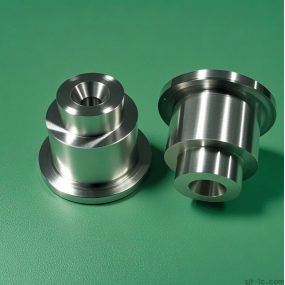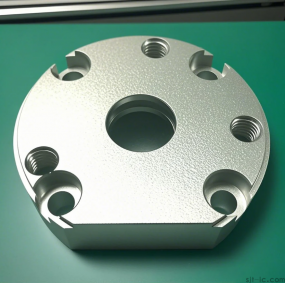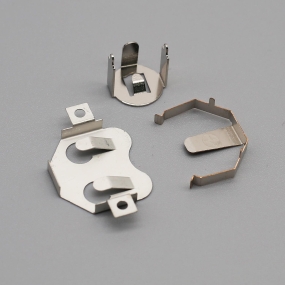The five-axis refers to the two reverse axes of the machining center except for X, Y, and Z.
Varieties of five-axis machine tools: cradle, vertical, horizontal, NC table + NC indexing head, NC table + 90B axis, NC table + 45B axis, NC table + general horizontal five-axis linkage numerical control machine [1] A axis, two-axis NC spindle, etc.
There are two ways to reverse the axis of the vertical five-axis machining center. One is the table reversal axis. The table set on the bed body can be reversed around the X axis, which is defined as the A axis. The general working range of the A axis is + 30 degrees to -120 degrees. There is also a reversal table in the middle of the table, which is reversed around the Z axis. It is defined as the C axis, and the C axis is reversed 360 degrees. The advantage of this setting method is that the structure of the spindle is relatively simple, the spindle rigidity is very good, and the production cost is relatively low. However, the general worktable cannot be planned too large, and the load bearing is also small. Especially when the A axis is reversed by more than or equal to 90 degrees, the workpiece cutting will bring a lot of load-bearing torque to the worktable.
The other is to rely on the inversion of the vertical spindle head. The front end of the spindle is a reversal head, which can coil the Z axis 360 degrees by itself to become the C axis. The reversal head also has an A axis that can rotate around the X axis, generally up to 90 degrees or more, to complete the same function as above. The advantage of this setting method is that the spindle machining is very flexible, and the worktable can also be planned very large. The huge fuselage and huge engine shell of the passenger aircraft can be processed on such machining centers.


 Spanish
Spanish Arabic
Arabic French
French Portuguese
Portuguese Belarusian
Belarusian Japanese
Japanese Russian
Russian Malay
Malay Icelandic
Icelandic Bulgarian
Bulgarian Azerbaijani
Azerbaijani Estonian
Estonian Irish
Irish Polish
Polish Persian
Persian Boolean
Boolean Danish
Danish German
German Filipino
Filipino Finnish
Finnish Korean
Korean Dutch
Dutch Galician
Galician Catalan
Catalan Czech
Czech Croatian
Croatian Latin
Latin Latvian
Latvian Romanian
Romanian Maltese
Maltese Macedonian
Macedonian Norwegian
Norwegian Swedish
Swedish Serbian
Serbian Slovak
Slovak Slovenian
Slovenian Swahili
Swahili Thai
Thai Turkish
Turkish Welsh
Welsh Urdu
Urdu Ukrainian
Ukrainian Greek
Greek Hungarian
Hungarian Italian
Italian Yiddish
Yiddish Indonesian
Indonesian Vietnamese
Vietnamese Haitian Creole
Haitian Creole Spanish Basque
Spanish Basque











